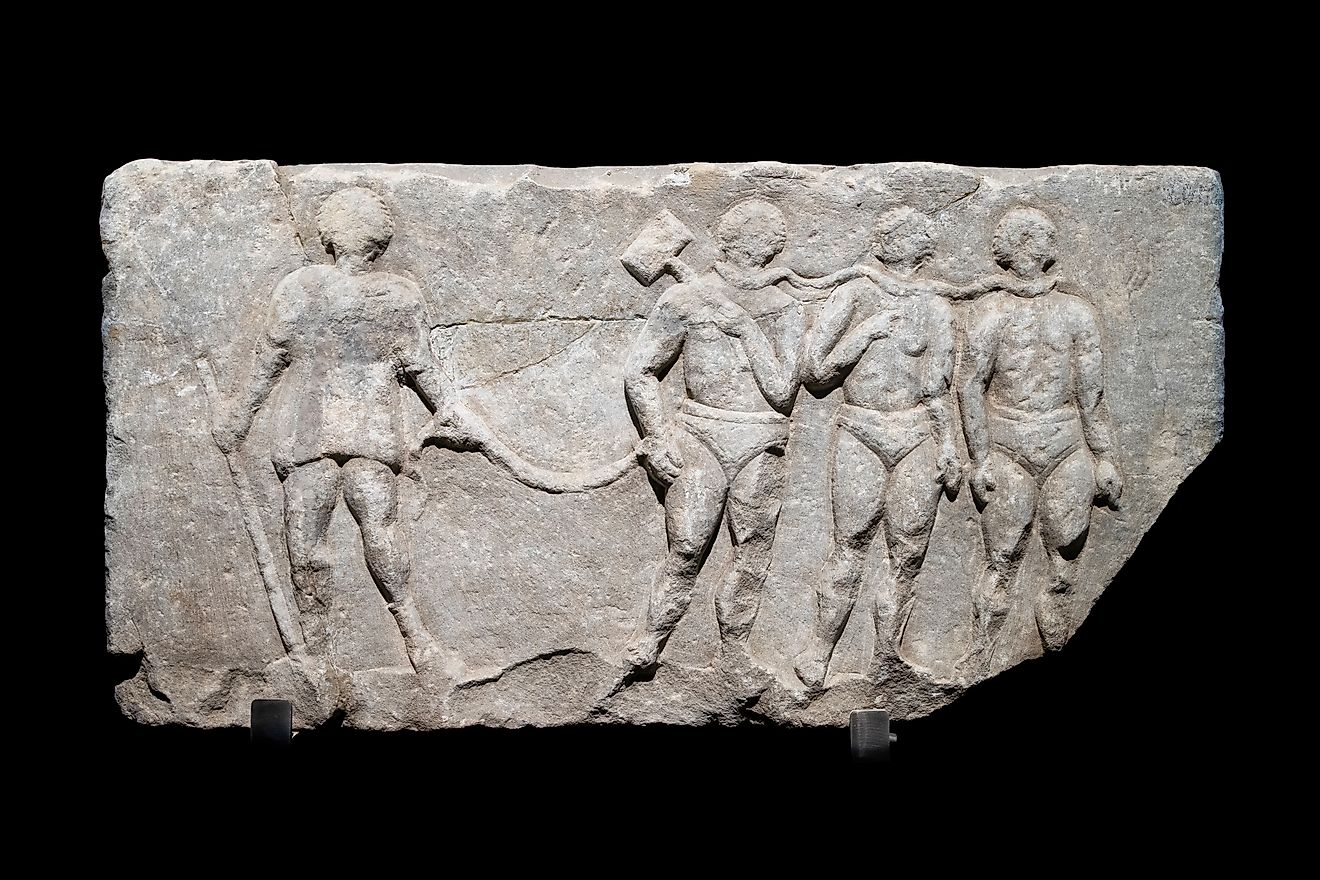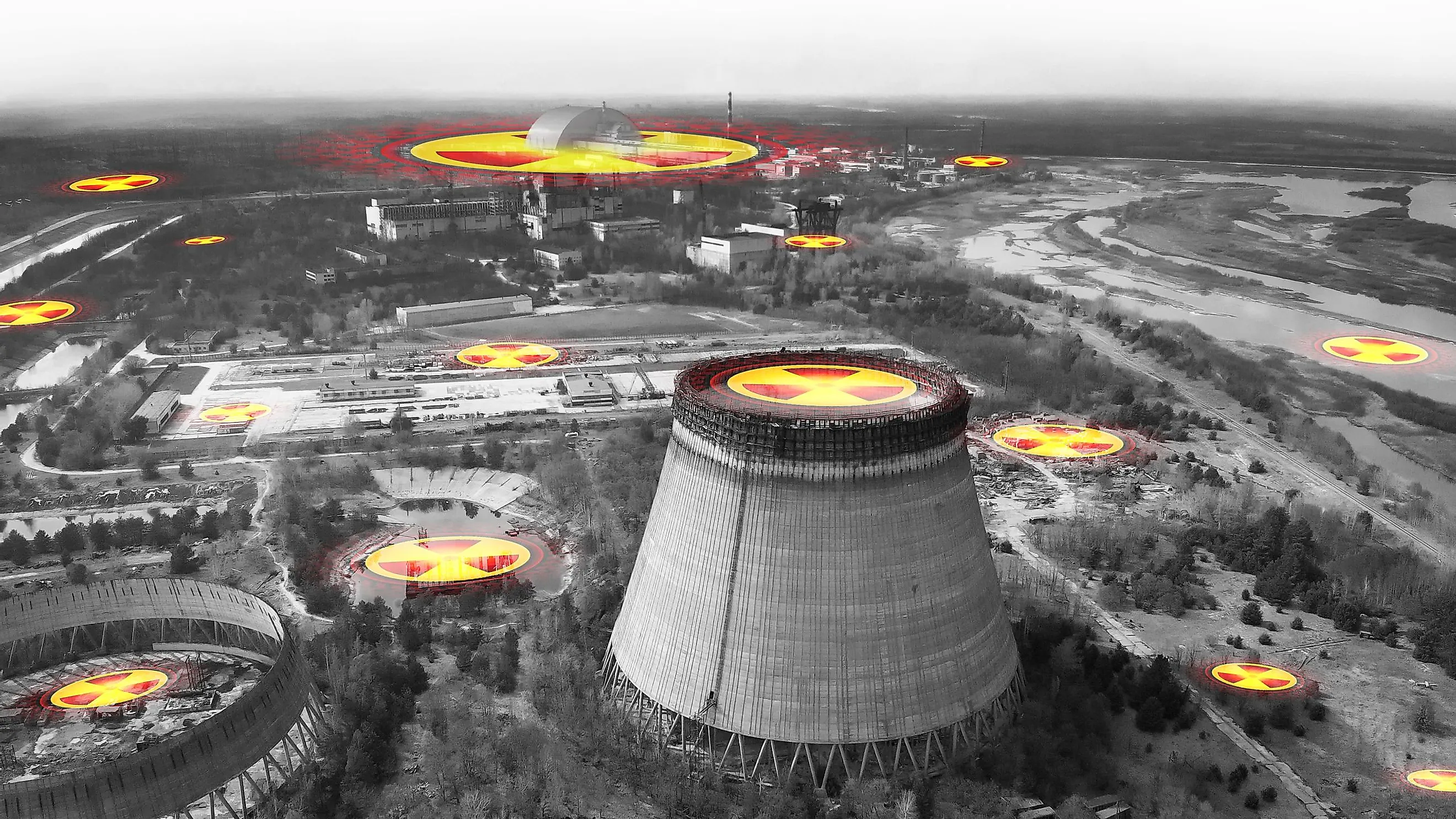
The Legacy Of The Chernobyl Nuclear Disaster
The Chernobyl Disaster was the most tragic nuclear accident in the history of nuclear power generation. This 1986 disaster resulted from a flawed nuclear reactor design and inefficient handling. Many lives were lost, and the fear of radiation poisoning caused great psychological stress to the people of affected countries. Large populations had to be relocated to safer grounds, and mistrust in the government, media, and health professionals reigned large among the public. Even today, the disaster's after-effects continue to affect lives and the nuclear industry in many parts of the world.
The Day Of The Disaster
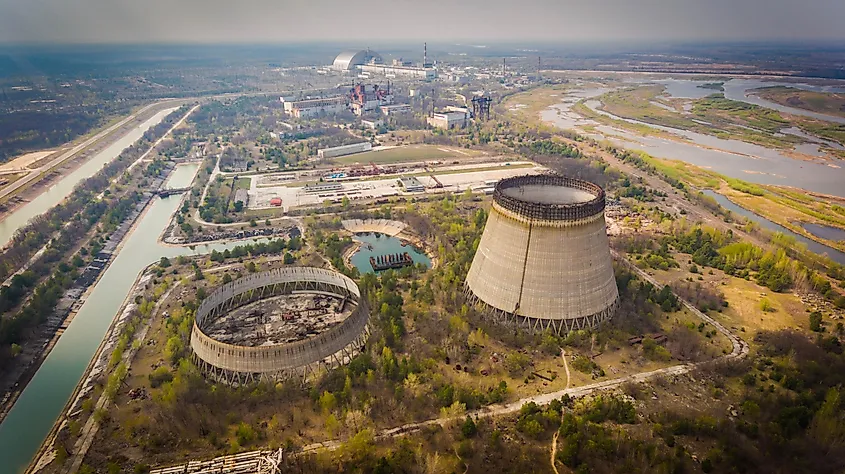
The Chernobyl Disaster occurred on April 25-26, 1986, at the Chernobyl Nuclear Power Plant, near the Ukrainian city of Pripyat. On this day, technicians at reactor unit 4 of the plant made a series of mistakes that triggered the reactor (already with a flawed design) to explode. The explosions and fire blew off the reactor's steel and concrete lid, releasing the radioactive material into the atmosphere. Air currents and surface runoff carried the radiation far and wide.
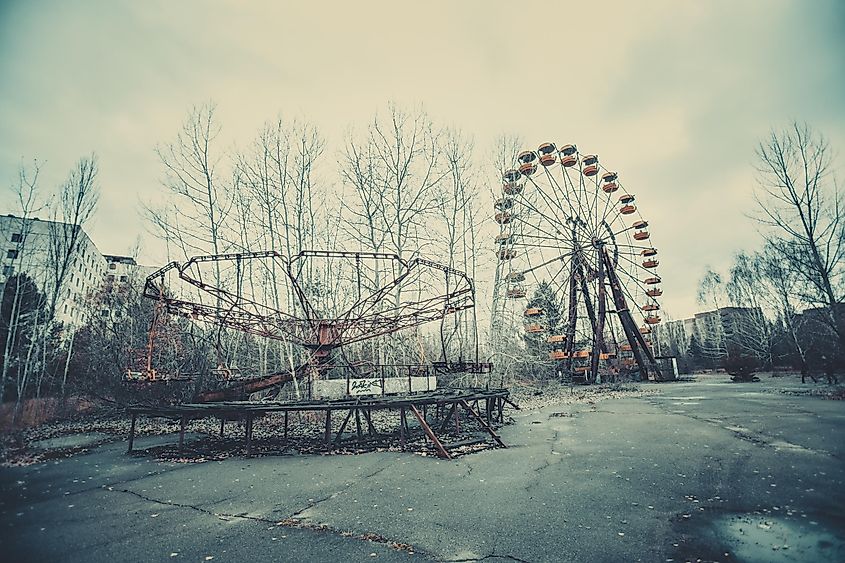
The day after, a mass evacuation program was launched, and over 30,000 residents of Pripyat had to leave their homes. Although there were attempts by the Soviet government to hush up the situation, the news could not be contained for long. On April 28, monitoring stations in Sweden detected unusually high amounts of radioactive particles in the atmosphere, and the Soviet government had to admit the accident. Not surprisingly, there was a huge hue and cry worldwide, and panic gripped the affected European countries. In Ukraine, efforts were made to contain the radioactivity as soon as possible, which was done by May 4. The radioactive debris was buried, and the reactor core was sealed.
Casualties Of The Disaster
The initial explosion killed two engineers on site and burned two more, while 237 workers had to be hospitalized, with 134 of them suffering from acute radiation exposure during the immediate emergency response. In the next three months, 28 of these workers died.
While workers of the nuclear power plant bore the brunt of the disaster, its effect on the general population is uncertain. Since radiation-related deaths might manifest in a few days to a few decades, the real figure is difficult to calculate. According to a United Nations committee, the casualty figure was less than 100. There were some reports linking the disaster to an increase in thyroid cancer incidence rates among children. Around 5,000 cases of thyroid cancer were attributed to this disaster.
Contamination Of Food
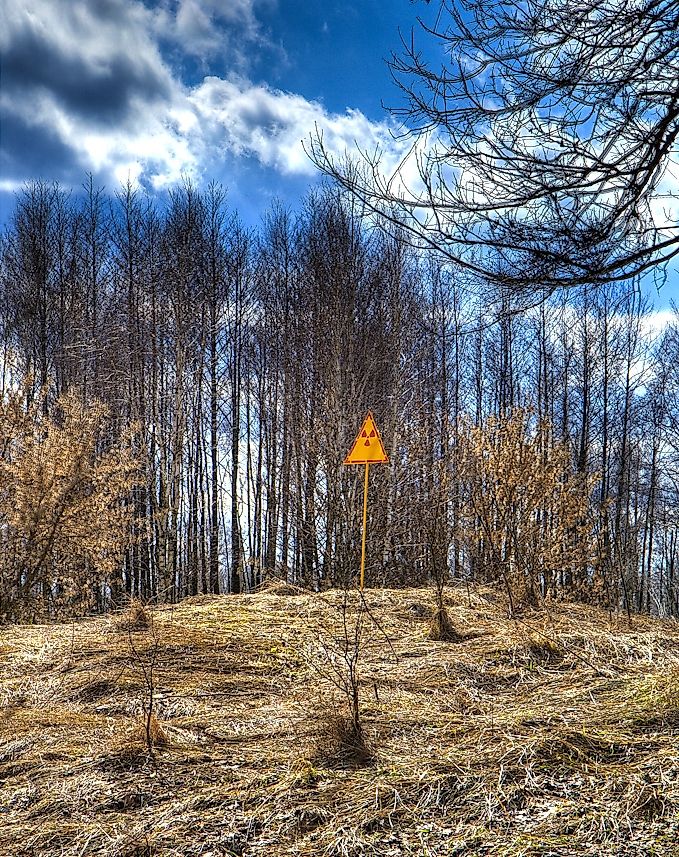
The radioactive fallout from Chernobyl was detected in areas far away from the accident site, carried by wind, rainwater, and other agents. Radioactive contamination was even detected in the grasslands of the United Kingdom. After the incident, radionuclides in milk, dairy products, vegetables, grains, meat, and fish increased in the area near the disaster site. While eating contaminated food was a risk for countries such as Ukraine, countries worldwide that imported food from the affected countries were also at risk. According to one study, the United States kept importing food contaminated from Chernobyl until 1991. Countries where food was found to be contaminated included Ukraine, Belarus, Turkey, Italy, Austria, West Germany, Greece, Yugoslavia, Hungary, Sweden, and Denmark. Radioactive food contamination is still being measured today. In 2000, 90% of wild berries and mushrooms in Ukraine were found to have too high a presence of the radioactive isotope from Chernobyl, Cs-137.
Psychological Impacts On The Victims
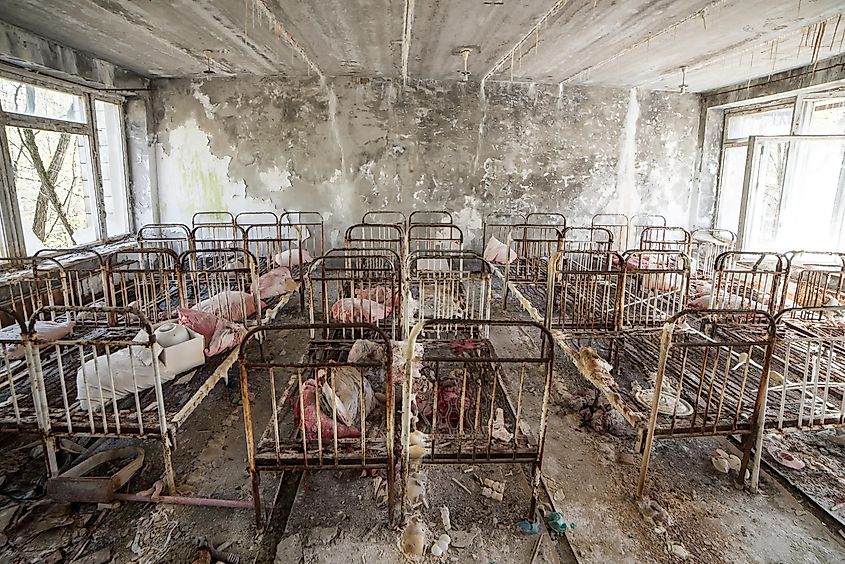
Chernobyl was a traumatic accident for many people. People were dealing with the fears surrounding radiation and relocation. Those who lived in Chernobyl were relocated to the newly built city of Slavutych. Most left their homes and never returned to Chernobyl. When they arrived in their new homes, they also faced stigma from other community members who believed they were contaminated. Higher levels of anxiety and depression were reported in people who survived Chernobyl.
According to the International Atomic Energy Agency, people who survived Chernobyl were called Chernobyl Victims by the media. This may have affected people's perceptions of themselves and how they felt and acted. People's mental health also was worsened by the lack of clarity on the effect of nuclear radiation and the social disturbances from the breakup of the Soviet Union.
Mistrust In The Soviet Union
The Soviet government delayed telling the public about Chernobyl. While it denied everything initially, it was soon unable to hide the disaster. Besides the Soviet Union's secrecy about the disaster, there was conflicting data from different institutions about Chernobyl and the impacts surrounding the low-dose radiation on health. The complex language in which the information was presented also made it difficult for most people to understand. The result was widespread panic and mistrust in the government and its medical professionals.
Induced Abortions Out Of Radiation Fear
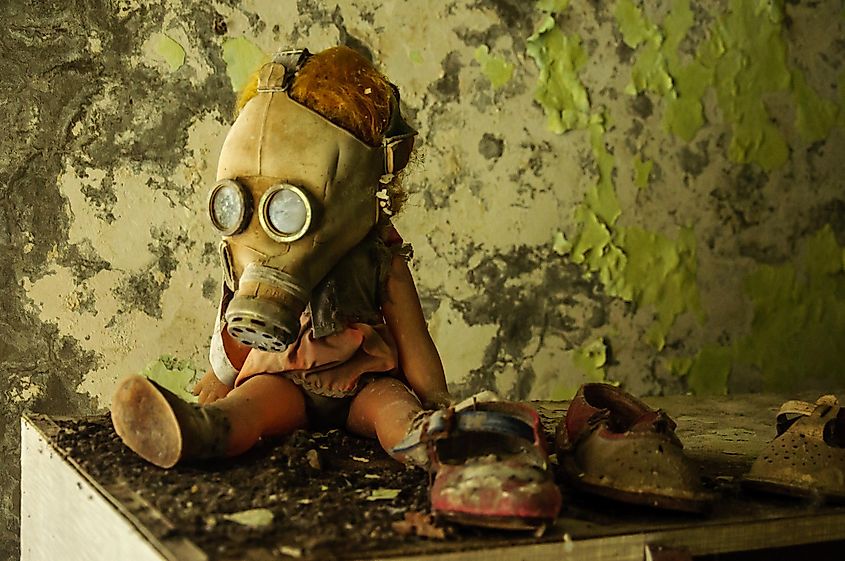
Radiation exposure has been scientifically proven to be one of the causes of birth anomalies or congenital disabilities. However, there is little conclusive proof to connect the Chernobyl nuclear fallout with such issues in the countries affected by the disaster. Yet, in the aftermath of the disaster, many pregnant women and their families wanted to abort the pregnancy, fearing that the newborns would suffer from radiation-related disorders. Their fear was further catalyzed by the media's negative portrayal of medical professionals making the public mistrust their advice. Thus, an estimated 150,000 abortions happened during this time in otherwise healthy pregnancies out of fear of the effects of nuclear radiation.
Chernobyl Today
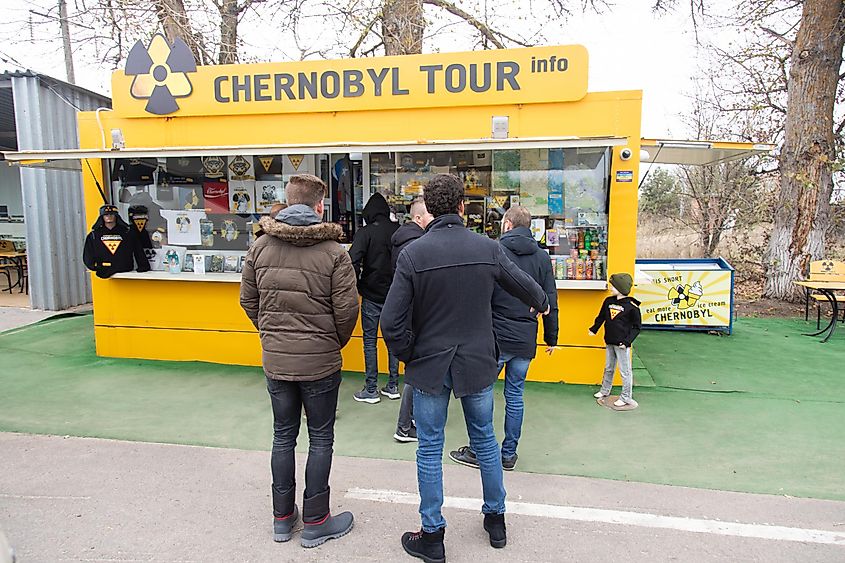
Today, Chernobyl is a popular destination for 'dark tourism,' a term used for visiting sites associated with death and suffering. Other dark tourist sites include Nazi Germany concentration camps and the 9/11 Memorial Museum in New York. The site serves to remind all who visit about the harrowing events of 1986 and the long-term consequences of the disaster.

Chernobyl not only raised concerns about the safety culture of the Soviet nuclear power industry and damaged the image of the Soviet government but also slowed the growth of nuclear energy worldwide. It served as a lesson that drove the nuclear industry to adopt safer practices and technology to prevent such disasters in the future.

